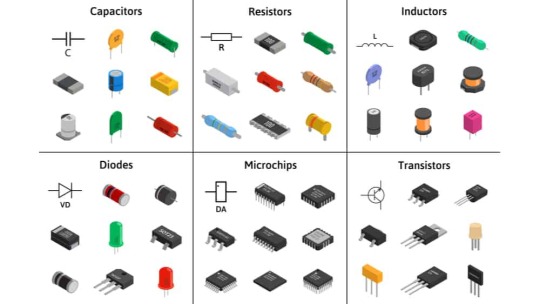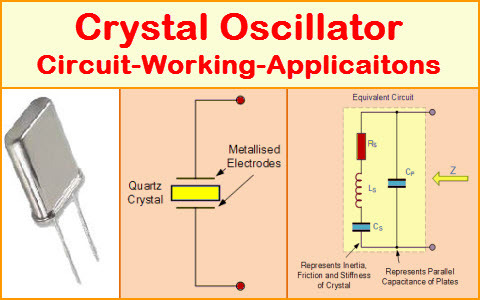Text
Grover Algorithm:
Imagine you're in a huge library with a vast number of books, and you're looking for a specific book with a unique title. In the classical world, you would need to check each book one by one until you find the right one. This is a linear search, and it can take a long time if there are many books.
Now, imagine you have a magical flashlight that can illuminate all the books in the library simultaneously. In the quantum world, this magical flashlight represents quantum parallelism. It allows you to "look" at all the books at the same time.
Grover's algorithm takes advantage of this quantum parallelism. Here's how it works:
Superposition: Initially, all the books (solutions) are in a superposition, meaning they exist in a kind of quantum blend.
Oracle Magic: Grover uses a magical oracle, like a guide, to quickly identify the correct book. The oracle can recognize the unique title of the book you're searching for and marks it in a special way.
Amplitude Amplification: Now comes the cool part. Grover's algorithm repeatedly uses the magical flashlight to illuminate the entire library (all the books). Each time it does this, the probability of finding the correct book is increased, while the probability of finding the wrong books decreases.
Destructive Interference: This is where quantum interference comes into play. The amplitudes (probabilities) of the wrong books start canceling each other out, leaving the correct book's amplitude standing out.
Success: After a certain number of repetitions, the probability of finding the correct book becomes very high. When you finally turn on the magical flashlight and "look" at the books, you're much more likely to find the correct one quickly.
So, in simple terms, Grover's algorithm uses quantum magic to search through a large number of possibilities simultaneously and cleverly narrows down the search to find the solution much faster than classical methods. It's like having a magical tool that makes your search exponentially more efficient!
0 notes
Text
Electronics Components and Uses:
Here is a list of common electronics components and their uses:
Resistor:
Use: Limits or controls the flow of electric current in a circuit.
Capacitor:
Use: Stores and releases electrical energy; used for filtering, timing, and coupling in circuits.
Inductor:
Use: Stores energy in a magnetic field when current flows through it; used in filters, transformers, and oscillators.
Diode:
Use: Allows current to flow in one direction only; used for rectification, signal demodulation, and protection.
Transistor:
Use: Amplifies and switches electronic signals; fundamental building block of electronic circuits.
Integrated Circuit (IC):
Use: Contains multiple electronic components (transistors, resistors, capacitors) on a single chip; used for various functions like amplification, processing, and control.
Resistor Network:
Use: A combination of resistors in a single package; used in applications where multiple resistors are needed.
Potentiometer:
Use: Variable resistor that can be adjusted to control voltage in a circuit; used for volume controls, dimmer switches, etc.
Varistor:
Use: Protects electronic circuits from excessive voltage by acting as a voltage-dependent resistor.
Light-Emitting Diode (LED):
Use: Emits light when current flows through it; used for indicator lights, displays, and lighting.
Photodiode:
Use: Converts light into an electric current; used in light sensors and communication systems.
Zener Diode:
Use: Acts as a voltage regulator by maintaining a constant voltage across its terminals.
Crystal Oscillator:
Use: Generates a stable and precise frequency; used in clocks, microcontrollers, and communication devices.
Transformer:
Use: Transfers electrical energy between two or more coils through electromagnetic induction; used for voltage regulation and power distribution.
Capacitive Touch Sensor:
Use: Detects touch or proximity by changes in capacitance; used in touchscreens and proximity sensing applications.
Voltage Regulator:
Use: Maintains a constant output voltage regardless of changes in input voltage or load; used for stable power supply.
Relay:
Use: Electromagnetic switch that controls the flow of current in a circuit; used for remote switching and automation.
Fuse:
Use: Protects electronic circuits by breaking the circuit when current exceeds a certain value; prevents damage from overcurrent.
Thermistor:
Use: Resistor whose resistance changes with temperature; used for temperature sensing and compensation.
Microcontroller/Microprocessor:
Use: Processes and controls electronic signals; the brain of many electronic devices and systems.

fig:google-electronics

fig:google-electronics

fig:Crystal-Oscillator
This list covers some of the basic electronic components, and there are many more specialized components used for specific applications within the field of electronics.
#electronic#electricity#electric vehicles#electric cars#engineering#semiconductors#wireless#cables#electronics#smartphone#hardware
4 notes
·
View notes